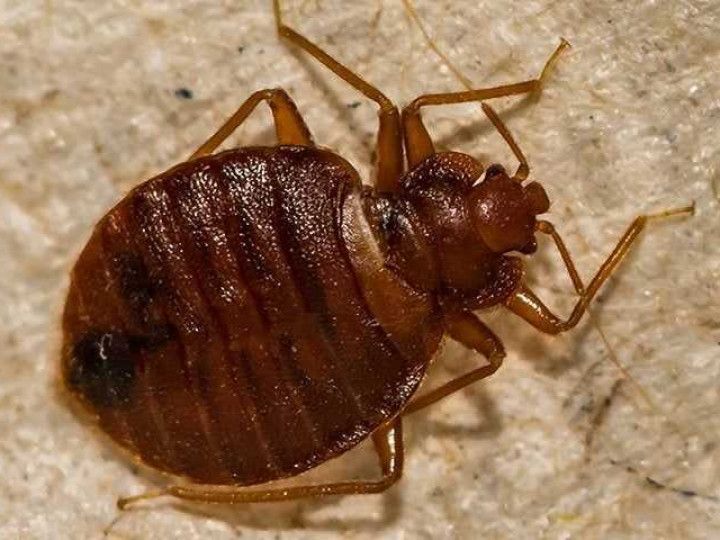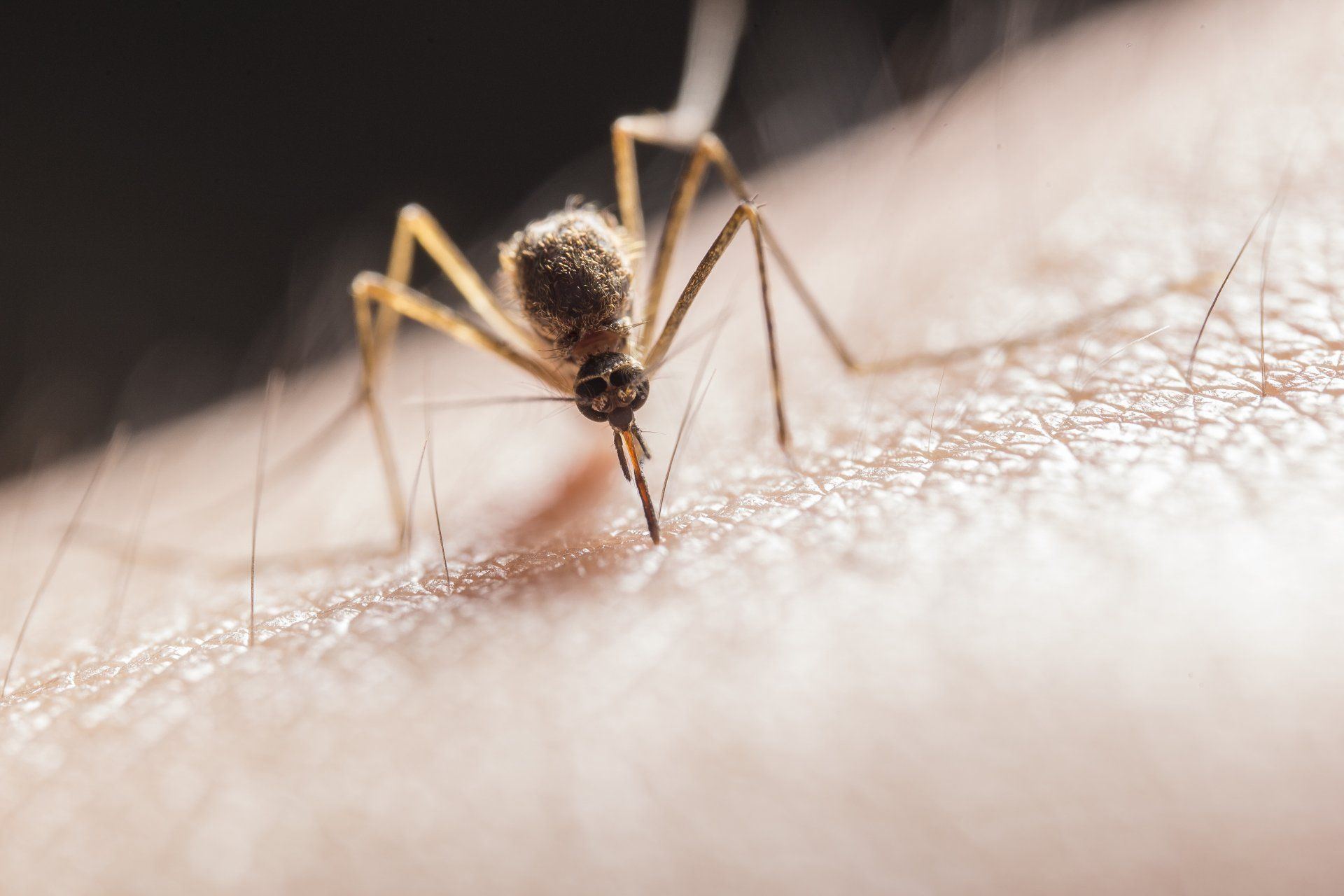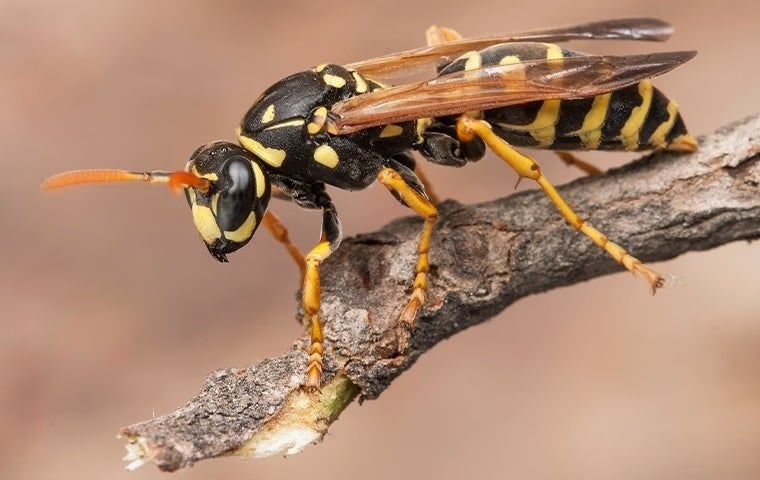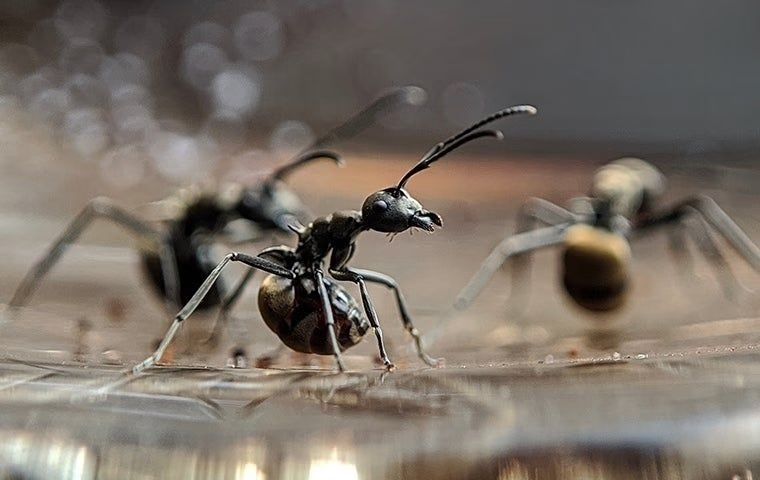The Ultimate Fall Season Pest Guide For Idaho Falls Homeowners
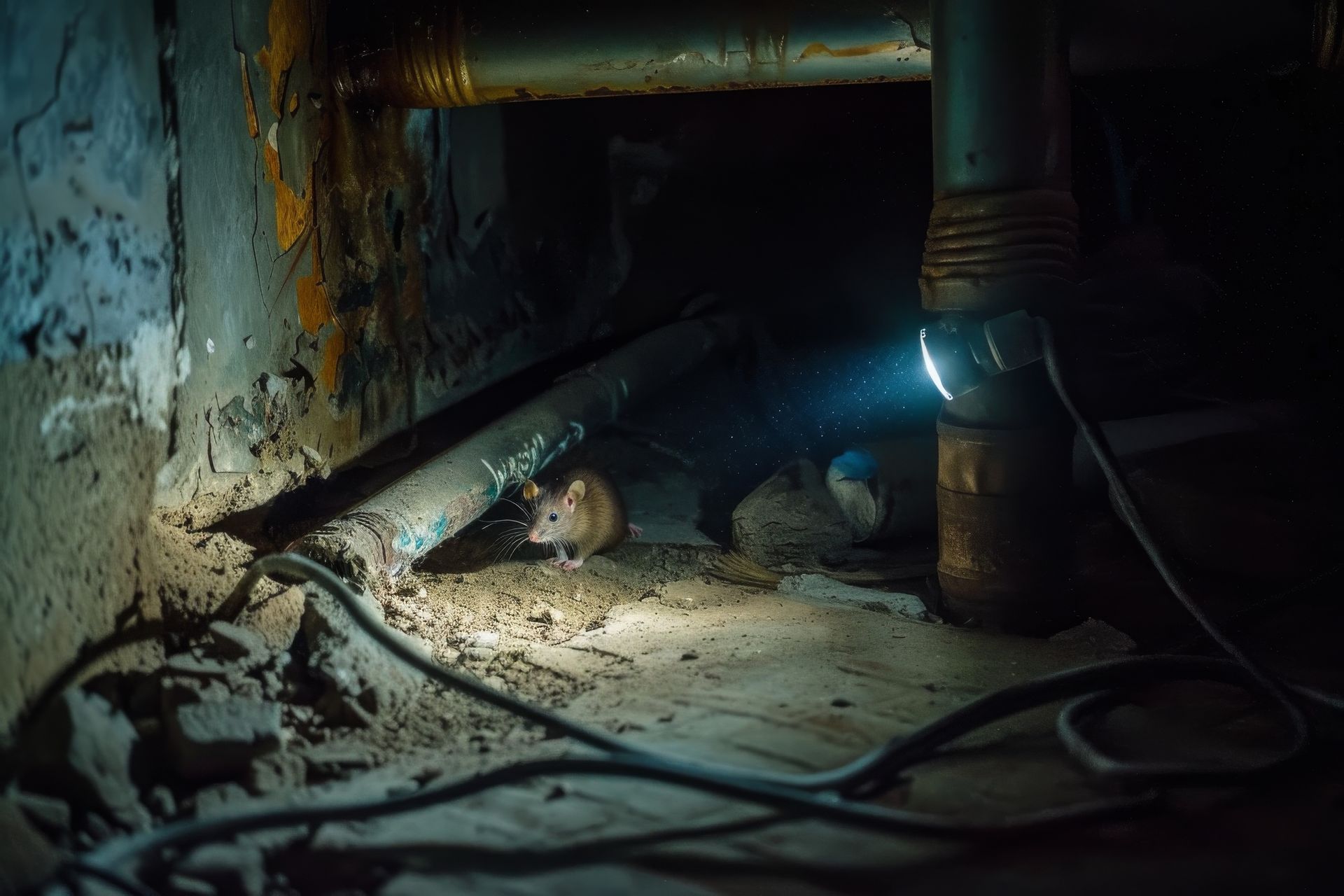
As the leaves start to change color and the crisp autumn air settles in, we all know what’s coming next—winter. But before you cozy up with your pumpkin spice latte, there's some important work to be done around the house. Here in Idaho Falls, we know that fall is more than just a beautiful transition; it's also the time when pests start seeking shelter from the cold. Here at Fusion Pest Control, we’ve seen it all—rodents sneaking in through tiny cracks, voles tearing up your yards, spiders spinning webs in every corner and making themselves at home in your walls. That’s why we are here to help you prepare with a comprehensive fall pest-proofing checklist.
Why Fall Pest-Proofing is Essential
Before diving into the checklist, let's talk about why pest-proofing your home in the fall is so crucial. As temperatures drop, pests like mice, voles, and spiders are on the hunt for a warm place to spend the winter. Your home provides the perfect environment: warmth, food, and shelter. If left unchecked, these uninvited guests can cause significant damage, spread disease, and create a general nuisance. In Idaho Falls, we're no strangers to harsh winters, and pests are no exception. Rodents, for example, can chew through insulation, wires, and even wood, leading to costly repairs. So, taking the time to pest-proof your home now can save you a lot of headaches (and money) later on.
Step 1: Inspect and Seal Entry Points
The first step in pest-proofing your home is to inspect and seal any potential entry points. Pests are sneaky, and even the smallest crack or gap can be an invitation for them to enter.
Check for Cracks and Gaps
- Start by walking around the exterior of your home and looking for any cracks, gaps, or holes in the foundation, walls, and around windows and doors. Pay special attention to areas where utilities enter your home, such as pipes, vents, and cables.
- Seal any cracks or gaps you find with caulk or expanding foam. For larger holes, use a combination of steel wool and caulk to block access—rodents can’t chew through steel wool, making it an effective deterrent.
Inspect Doors and Windows
- Doors and windows are common entry points for pests. Check the weatherstripping around doors and windows to ensure it’s intact and in good condition. If you can see light coming through, it’s time to replace the weatherstripping.
- Install door sweeps on exterior doors to close the gap between the door and the threshold. This simple step can go a long way in keeping out rodents, insects, and other pests.
Check Attic and Crawl Spaces
- Your attic and crawl spaces are prime real estate for pests looking to settle in for the winter. Inspect these areas for any openings or damage that could provide access.
- Make sure vents are properly screened and that there are no gaps around them. If you have a chimney, consider installing a chimney cap to keep out rodents and birds.
Step 2: Keep Your Home Clean and Clutter-Free
A clean and clutter-free home is less attractive to pests. By eliminating potential food sources and hiding spots, you can reduce the likelihood of an infestation.
Proper Food Storage
- Store all food, including pet food, in airtight containers. This prevents pests like ants, cockroaches, and rodents from accessing a free meal.
- Clean up spills and crumbs immediately, especially in the kitchen and dining areas. Even a few crumbs can attract pests.
Regular Cleaning
- Regularly vacuum and sweep floors to remove food particles and debris. Don’t forget to clean under appliances, where crumbs and food particles tend to accumulate.
- Take out the trash regularly and make sure your garbage cans have tight-fitting lids. Garbage is a major attractant for pests, so keeping it contained is essential.
Declutter Your Home
- Pests love clutter because it provides hiding spots and nesting materials. Take some time to declutter your home, especially in areas like the basement, attic, and garage.
- Get rid of old newspapers, cardboard boxes, and other items that could serve as a nesting site for rodents and insects.
Step 3: Manage Outdoor Spaces
What you do outside your home can have a big impact on preventing pests from getting inside. By managing your outdoor spaces, you can create a less inviting environment for pests.
Trim Back Vegetation
- Trees, shrubs, and other vegetation that are in close proximity to your home can provide a bridge for pests to enter. Trim back any branches or bushes that are touching or near your home.
- Rake up fallen leaves and remove any debris from your yard. These materials can provide shelter for pests like rodents and insects.
Store Firewood Properly
- Firewood is often home to pests like termites, ants, and rodents. Store firewood at least 20 feet away from your home and elevate it off the ground to prevent pests from taking up residence.
- Only bring in the amount of firewood you plan to use immediately and inspect it for pests before bringing it inside.
Check Outdoor Structures
- Inspect sheds, garages, and other outdoor structures for signs of pests. These spaces are often overlooked but can provide shelter for rodents and insects.
- Seal any cracks or gaps and make sure doors close tightly. If you have outdoor storage, keep items off the ground and in sealed containers.
Step 4: Protect Your Home from Moisture
Moisture is a major attractant for pests like cockroaches, termites, and rodents. By reducing moisture in and around your home, you can make it less appealing to these unwanted visitors.
Fix Leaks
- Inspect your home for any leaks in plumbing, roofs, or windows. Even small leaks can create a moisture problem that attracts pests.
- Fix any leaks promptly and consider using a dehumidifier in areas that tend to be damp, like basements and crawl spaces.
Ensure Proper Drainage
- Make sure your gutters and downspouts are clean and functioning properly. Clogged gutters can lead to water buildup, which can attract pests and cause damage to your home’s foundation.
- Ensure that the ground around your home slopes away from the foundation to prevent water from pooling near your home.
Ventilate Moisture-Prone Areas
- Proper ventilation is key to reducing moisture in areas like attics, crawl spaces, and bathrooms. Make sure these areas are well-ventilated and consider using exhaust fans to reduce humidity.
Step 5: Monitor and Maintain
Pest-proofing your home is not a one-time task. It requires ongoing monitoring and maintenance to keep pests at bay throughout the fall and winter seasons.
Regular Inspections
- Conduct regular inspections of your home, both inside and out, to check for any new entry points or signs of pests. Early detection is key to preventing a full-blown infestation.
- Look for signs of pests such as droppings, gnaw marks, or nests. If you notice any signs, take action immediately.
Use Pest Control Products Wisely
- If you choose to use pest control products, do so with caution and according to the label instructions. Traps and baits can be effective but should be placed in areas where children and pets cannot access them.
- Consider using natural deterrents like peppermint oil, which can help repel rodents and insects without the use of harsh chemicals.
Know When to Call a Professional
- Sometimes, despite your best efforts, pests can still find a way into your home. If you’re dealing with a persistent or large-scale infestation, it’s time to call in the professionals.
- At Fusion Pest Control, we offer comprehensive pest control services tailored to the unique needs of Idaho Falls homeowners. Our team of experts can help you identify and eliminate pests, and provide ongoing prevention strategies to keep your home pest-free.
Final Thoughts
Fall is a beautiful time of year in Idaho Falls, but it’s also a critical time to take action against pests. By following this fall pest-proofing checklist, you can protect your home from unwanted invaders and enjoy a cozy, pest-free winter. Remember, the key to successful pest control is prevention. Taking the time now to seal entry points, clean up clutter, and manage moisture can save you a lot of trouble down the road. And if you need help or have questions, don’t hesitate to reach out to us! We’re here to help you keep your home safe and comfortable all year round.



